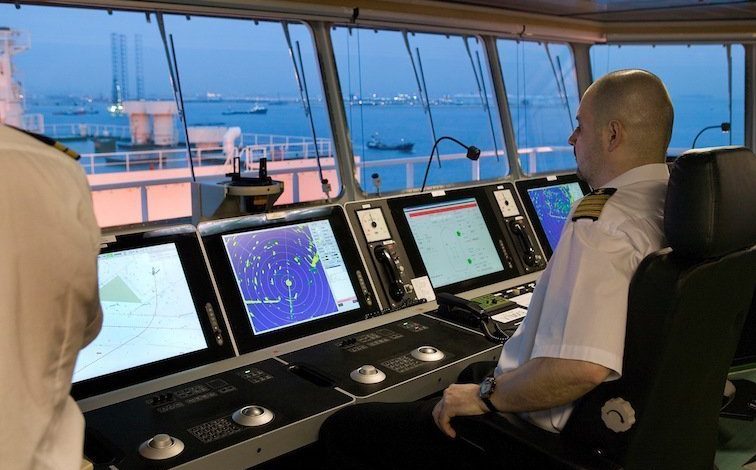A digital shipping industry deserves better than a noon report

Shipowners know they need better data, but many still don’t know where to start with digital solutions, writes Kashif Mahmood from ABS.
The biggest challenge to the advance of digitalisation in shipping is not COVID-19 or the pace of technology adoption relative to other industries. The biggest challenge for shipowners is bringing together disparate data sources from across a fleet into a single dashboard that drives faster decision-making.
This is a problem at vessel level, thanks to different data formats and sources and the need to collect some data manually, relying on crew intervention. The problem is many times magnified at fleet level with impacts on safety, performance, morale and compliance.
Despite the best efforts of shipmanagers and software start-ups over the years, many shipowners are still at the mercy of the noon report. This artefact of another era is so unreliable that some have debates as to what the data contained in it actually means. When its content can be de-cyphered, the manual entry of the data creates a disparity in information and speed to decision, as the pre-analysis required delays the decision-making process.
Owners know they need better data; the problem is that many don’t know where to start in adopting digital solutions. For the most part, it makes no sense to try and build their own. However a ‘do nothing’ strategy risks not being able to retain or grow their market share in future.
Shipowners already know how hard it is to capture and process this amount of data, what they need is a simpler way to understand the performance of their vessels – and even their shipmanagers – across a fleet. They can use that analysis to maximise operational and financial performance to understand how the assumptions in their financial models are holding up.
Business decisions are complex and require information from multiple sources. An OEM can provide information about its asset but the decision about that asset is not made in a vacuum, it requires inputs on operations, chartering and crew to really determine the most effective decision. It’s this challenge that requires data fusion platforms. Platforms that take various data sources and have a foundational base to consolidate them, standardize them and power business decisions to act and plan.
If the industry is to make progress towards a safer more efficient and digitalised way of working, then this welter of operational, class and regulatory data needs to be brought together with the external inputs such as performance against charter party to provide insights into how maximise potential asset earnings.
By digitalising core operations around reporting, integration and fleet insights, owners can refine the way they engage with their managers and improve decision-making. The transformation process is designed around better asset management with inputs on environmental and vessel performance; improving compliance and driving up standards.
The reason that similar ventures have tended to fail is because their creators cannot always harness the data that resides in systems and processes and effectively fuse that data so that it can be consolidated and presented
Plenty of platforms take input on equipment performance or availability but often this is where they stop; the owner gets some operational bullet points but little more. In fact, OEMs are just one of the data sources that helps to create the full digital picture.
To create a platform that can meet the needs of digital shipowners requires some rethinking of the processes involved. It also requires a design using component-based architecture, not something that can be bought off the shelf, using very hi-tech ‘Lego blocks’ that can be swapped in and out as needed. Design a system this way and an owner can quickly start to see the data they need.
For owners looking for a way to accelerate their digital transformation ABS has created MyDigitalFleet, a platform that collects data from some 160 different sources and provides real-time, risk-based analysis of vessel performance and compliance.
All these different data elements can be absorbed into a single system to enable faster decision-making against predetermined operational and risk profile. Having a dynamic understanding of asset performance has benefits across the business; customer relationships, safety, compliance and financial performance and support an evolution to a fully digital business model.
Class is able to successfully bring together the technical and commercial aspects with safety and compliance data and host all securely. By connecting all the available data, shipowners can reduce their risks, make smarter decisions and achieve real time results.
Understanding risk profile clearly has direct benefits for safety and it also means the owner can keep the asset commercially available and competitive. Data driven safety and maintenance moves the process from the present into predictive condition-based data making it possible to forecast machinery health and likely performance. This level of operational data provides a much more accurate picture of vessel position and performance, not just where the owner expects or hopes it will be.
